Hebrew: אירוס הסרגל, Arabic: السوسن الفارتاني
| Scientific name: | Iris vartanii Foster | |
| Common name: | Vartan's Iris | |
| Hebrew name: | אירוס הסרגל | |
| Arabic name: | السوسن الفارتاني | |
| Family: | Iridaceae, אירוסיים |
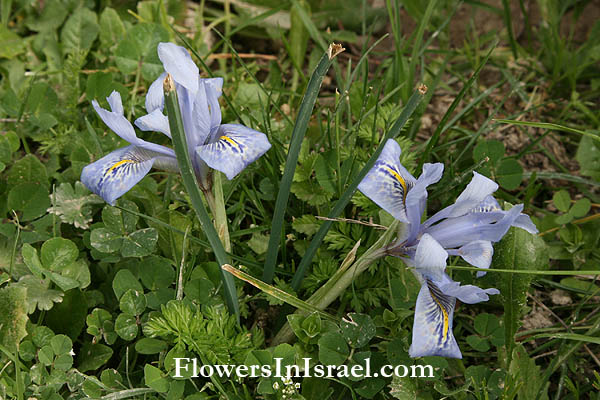
Location: Betah Mountain, Western Galilee |
| Life form: | Geophyte | |
| Stems: | 15-25 cm high | |
| Leaves: | Alternate, rosette, entire, narrow, linear- rod-like; smooth margin | |
| Inflorescence: | Solitary flowers | |
| Flowers: | Light blue flowers and lower perianth lobes (falls) with a protruding yellow ridge; style-crests long and narrow; flowers strongly almond- scented | |
| Flowering Period: | January, February, December | |
| Habitat: | Batha, Phrygana | |
| Distribution: | Mediterranean Woodlands and Shrublands, Semi-steppe shrublands | |
| Chorotype: | Mediterranean | |
| Summer shedding: | Ephemeral |
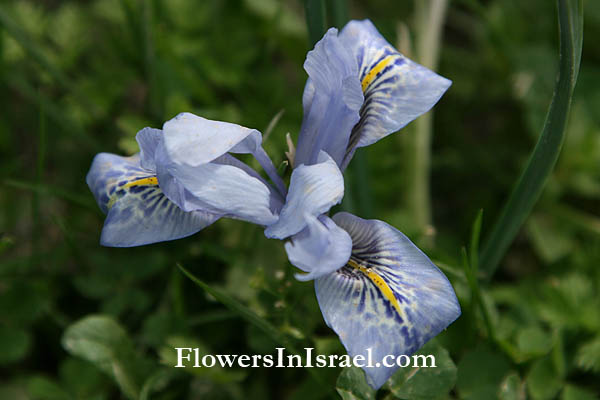
Location: Betah Mountain, Western Galilee Derivation of the botanical name: Iris, ιριϛ, ιδοϛ, rainbow; female messenger, announcer of the gods, the Greek goddess of the rainbow. vartanii, after Dr. Kaloost Vartan, of Nazareth (1839-1908), an Armenian doctor who qualified from Edinburgh University, and opened the first Nazareth Hospital in a small rented house in 1879. The dispensary he set up was the only hospital between Jersualem, Damascus and Beirut. Dr. Kaloost Vartan was a leading pioneer of preventive medicine in Palestine. The Hebrew name: אירוס, iris, transliteration from the scientific name.
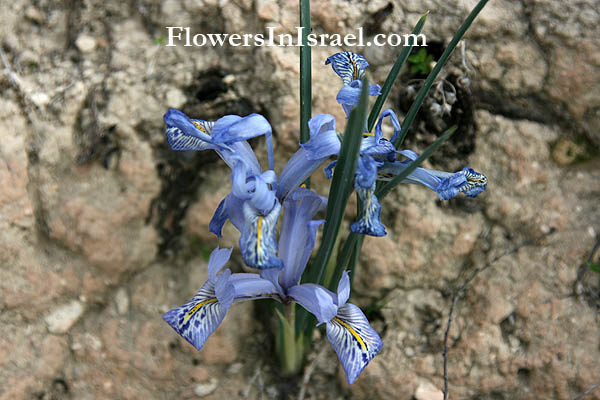
Location: Betah Mountain, Western Galilee 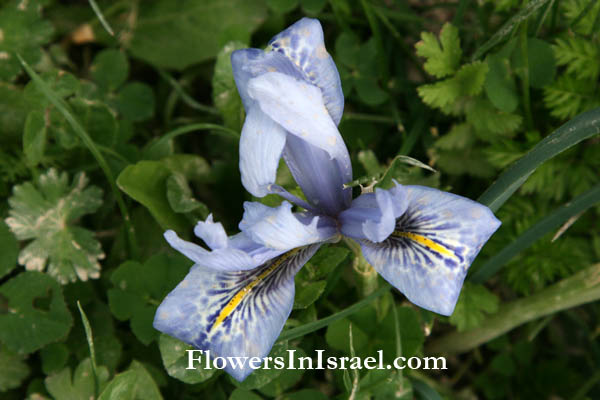
Location: Betah Mountain, Western Galilee 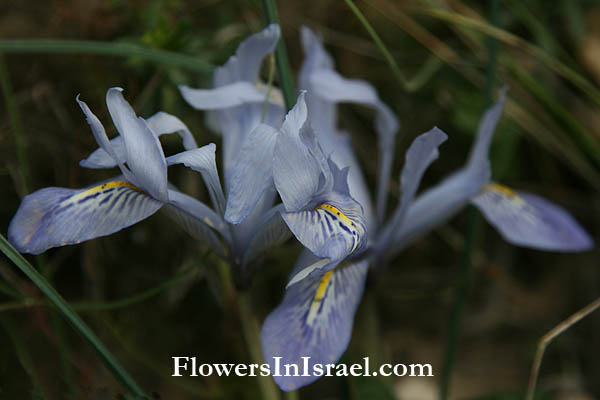
Location: Betah Mountain, Western Galilee |